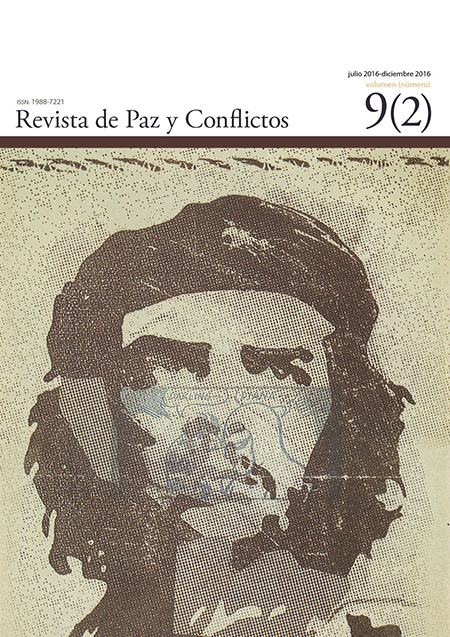The neutral peace and the ‘Chilean selfless’. Immigrants and middle sectors in Chile 1930-1960
Main Article Content
Abstract
Between the years 1930-1960, Chile experienced some of the same physiognomy changes that Latin American societies had been facing since the beginning of the 20th century. At the time, Chilean immigrants were formulating their identities and perceived the middle sectors as their equals. The middle sectors were developing their social class sensibility and thus helped foster a general sense of open attitude and inclusion. At the same time, immigrants were dealing with their ‘Chileanization’ process and took advantage of the middle sectors’ feelings of respect for the immigrants’ efforts and accomplishments. Therefore, in general, the middle sectors symbolized a space of coexistence and neutrality, following the same path of aspiration that neutral peace theory proposes. This paper examines the linkage between immigrants and middle sectors in Chile from the viewpoint of the neutral peace theory.
The narrative of the social collective imaginary of middle sectors facilitated immigrants’ integration into Chilean society. For middle sectors their specific memberships and senses of belonging were valued more than a “middle class” identification. In fact Chilean middle sectors preferred to imagine themselves there only as a momentary station, in transition, on their way to something better, similar to the way their immigrant counterparts felt. In fact, middle sectors admired the immigrants’ sacrifices and identified with them. This translated into a mutually beneficial openness as the immigrants sought harmony in their new environment. Here the neutral peace theory plays a role in understanding the scope of immigrants’ acculturation into local society, as well as exposing the ways in which sectors in the middle served as a unifying agent. Gradually immigrants ‘chileanized’, by integrating and assembling new components of their Chilean identities while retaining their ethnic ones. Therefore, a key figure in unraveling the convergence and divergence of the linkage between neutral peace, immigrants vis-á-vis middle sectors experiences, is what I introduce in this paper as the ‘Selfless Chilean’.



